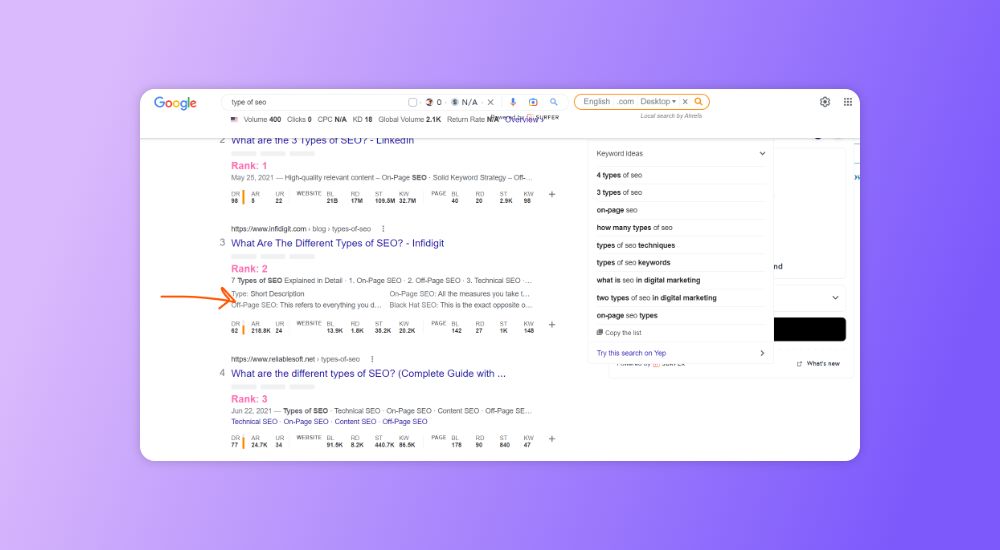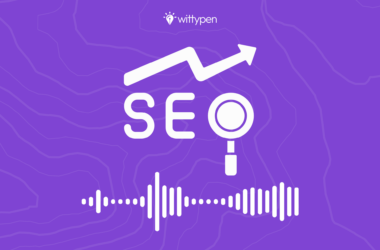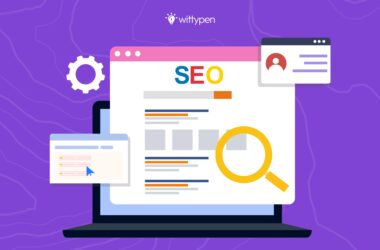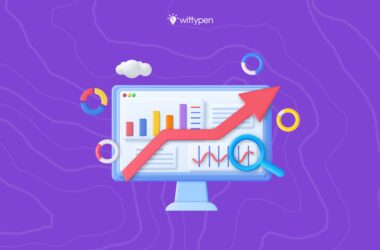Last updated on November 23rd, 2022
Search engine optimisation, commonly called SEO is simply a technique by way of which websites increase their chances to appear in search engine results pages. It includes practices through which businesses ensure that their digital presence is noticed by viewers when they enter a related search query.
Basically, search engine optimisation is the pole that strengthens a website’s ranking and visibility on the internet.
Why Is Search Engine Optimisation Important?
In order to use and learn SEO techniques, it is important to understand their relevance and the context in which it is used. SEO is not just a part of marketing, but it is also crucial for the survival of a business.
In today’s digital-driven world, 88% of consumers research a product or service online before making a purchase. In fact, internet usage in India has increased tremendously, which is evident from the image below.
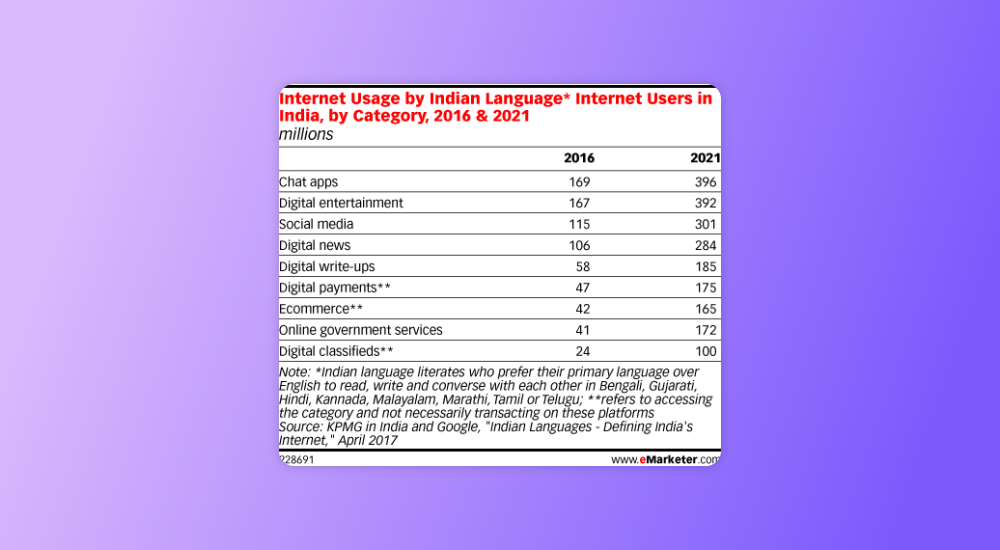
The digital revolution has provided consumers with the power to find answers to their queries with only a few taps on their mobile phones or other digital devices. In this context, companies not only lose business but also validity when they fail to appear on the results page after a user enters a query related to that particular brand.
To this end, search engine optimization provides a way to make your content and website attractive, relevant, and likable enough for Google or any search engine to show on the results page.
Once consumers are aware of the brand’s digital presence and can access its information and content effortlessly, their trust and interest automatically increase. Not to forget, it is directly proportional to increased sales and lead generation. Without SEO, visitors won’t be able to find your site and all your efforts will be futile.
8 Important Elements to Improve Your SEO Rankings
1. On-Page SEO and Off-Page SEO
On-page SEO predominantly refers to your online content which you can control and are in charge of, like blogs, product descriptions, website content, articles, videos, etc. The search engines skim through this content to determine your ranking on the results page based on various ranking factors.
These can vary for different search engines, but most on-page factors include your website’s technical setup, visual content, text content, HTML code, and user-friendliness. The goal of on-page SEO is to drive organic traffic to your website.
On the other hand, off-page SEO is concerned with link building where the business aims to get more and more links to their website from well known and trustworthy sources in order to increase its legitimacy in the eyes of the search engine. These factors include social media presence, mentions on other websites, local listings, etc.
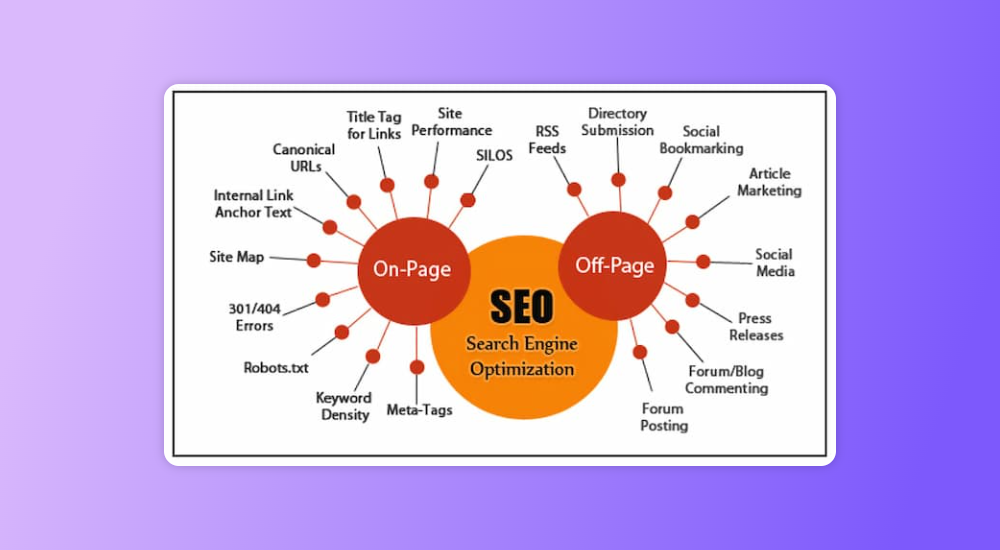
These two form the backbone of SEO. In a nutshell, on-page SEO refers to the activities one can perform ‘on’ their website and off-page SEO refers to the activities one performs ‘off’ their website to increase the number of visitors and a website’s ranking. Off-page SEO involves a number of processes and elements which are explained in detail in the blog.
2. Content and Keywords
Keywords lie at the heart of an efficient SEO strategy. They are the words that are used most commonly to describe your content and are most likely to match the visitor’s search query. For example, if you own an Italian restaurant in Mumbai, then the content on your website should include keywords like ‘best pastas in Mumbai’ or ‘best pizzas in Mumbai,’ as users are most likely to enter their query in this form.
This makes it easier for search engines like Google to match your website with the search query as it shows the presence of relevant information, thereby boosting your rank on the results page.
Keywords are mainly of two types, primary and secondary. While primary keywords are the most common words or phrases used by searchers and they capture the essence of your content, secondary keywords play a supporting role by clearly defining the context of your content.
Consider the above example, the phrase ‘Italian restaurant in Mumbai’ plays the role of a primary keyword while words like ‘fresh mozzarella,’ ‘hand tossed pizza,’ and ‘homemade ravioli’ fall under secondary keywords.
Know more about Keyword Research and Analysis 2019 – The What, Why, and How for search engine optimisation purposes.
3. Technical Setup
The way we see a web page is very different than the way a search engine views it. While for us it is a mixture of text, graphics, and visual patterns, it is simply text or code for search engines.
Therefore, for a search engine to index or mark your website under the relevant search query, its HTML code and text should be properly arranged so that it is readable by the search engine. Meta tags and meta descriptions are used by search engines to display their listings and offer a short explanation of the website’s content to the visitor.
These elements include a simple URL structure with a dependable domain name. Search engines detest long and complex URLs. For example, a website titled www.furniturespecialists.com has a higher chance of being listed at the top of the SERP as opposed to www.furniturespecialists123.net
The navigation flow is crucial for a smooth and seamless technical setup which is a key to successful search engine optimisation.
4. Media and Page Speed
One of the major ranking factors for search engines is the loading time for web pages. The quicker a page loads, the higher will its rank be. Therefore, the rich media on web pages, such as videos and images should be compressed to reduce the loading time. Moreover, they should be appropriately labeled for easy readability by the search engine.
Search engines recognize the importance of visuals and embedded graphics in increasing the visitor’s interest and enhancing the web page’s appeal. Therefore, enhancing SEO through the use of embedded videos & images helps increase a website’s ranking.
5. User Experience
The path of navigation through a website, popularly known as user experience, is an essential determinant of search engine ranking. The use of dead links or broken redirects hinders the SEO process as it leads the visitors to non-existent pages and successfully prevents the search engine from indexing your content. Website structure is an essential determinant of enhancing user experience and can skyrocket your SEO Results.
Users are at the core of any business, therefore, providing them with an intuitive and engaging user experience is imperative for search engine optimisation.
6. Plagiarism
Plagiarized content or duplicate content leads to confusion among search engines, as they are unable to decide between the content that should be displayed. Moreover, they penalize plagiarized content and do not display that particular website on the results page.
7. External and Internal links
Links are important to determine the popularity of a website. Google visits all the links that lead from and back to the website to understand its popularity and authority.
While internal links lead to content that is on the same website, external links are links on other websites which lead back to your website. Links that refer to your website are also called backlinks. A higher number of backlinks to your website are a plus for SEO strategies.
Suggested Reading: 99+ Best Guest Posting Sites To Build Backlinks & Traffic
8. Link Building
Link building is the process of acquiring backlinks by prompting more websites to refer back to your content. The popularity and topic relevance of the linking site is important. Organic links can be obtained by producing creative and novel content, images, diagrams, and statistics. Outreach is another link-building method where you contact popular websites and persuade them to reference your web content.
In order to gain further insights on devising a successful SEO campaign, click here.
Takeaway
Understanding SEO in its entirety and executing an effective SEO strategy is a long-term process that requires a detailed and comprehensive study of all necessary elements. It is always helpful to gain rational and helpful insights from professionals. WittyPen is a platform that connects niche writers with businesses seeking specific and quality content across categories.






